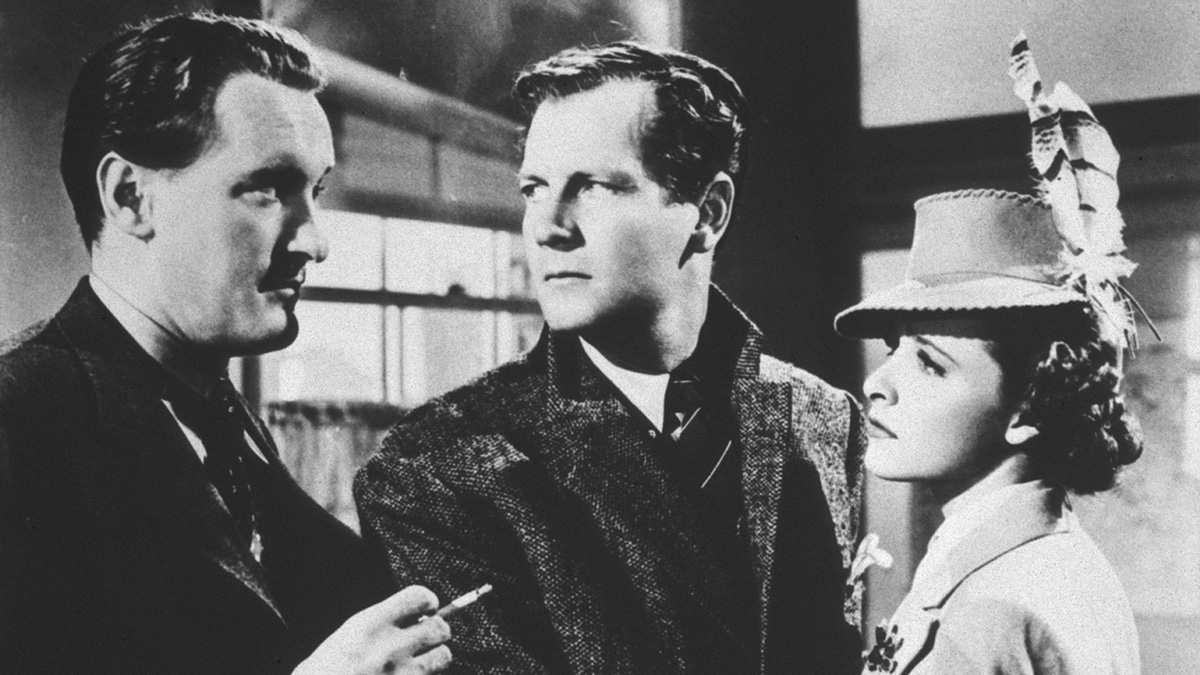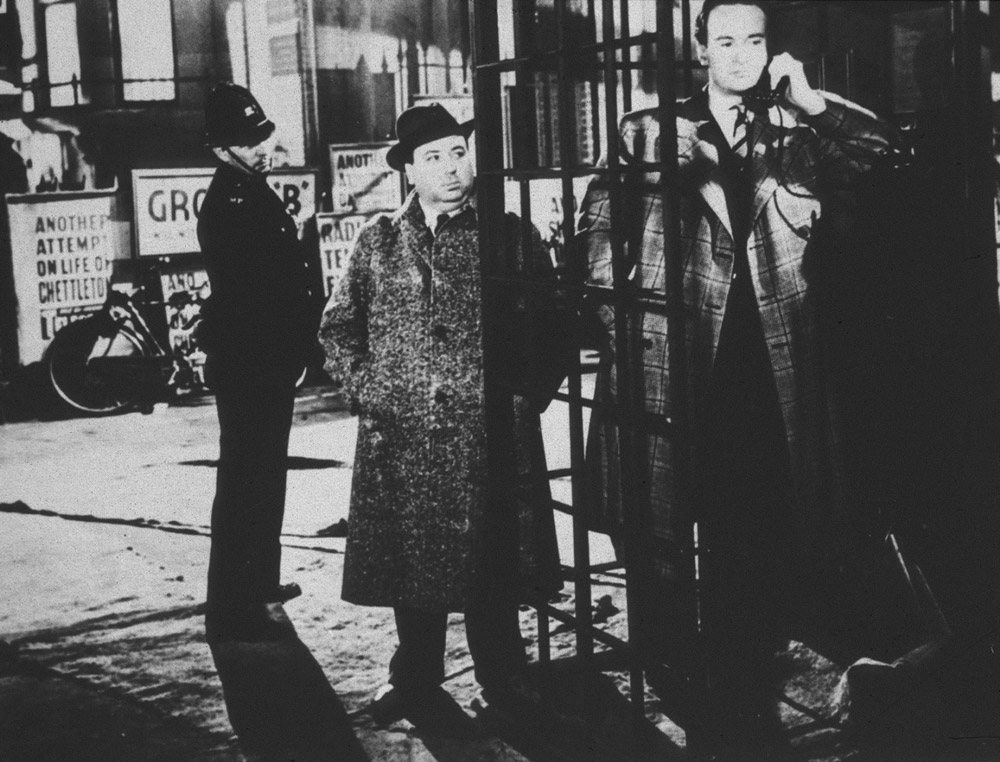
(c)1940 STUDIOCANAL
Alfred Hitchcock's second foray into Hollywood, ``Foreign Correspondent,'' is unusually entertaining.
2019.06.11
Superb suspense set against the backdrop of the world situation immediately after the outbreak of war.
I think the reason why "Foreign Correspondent," which was classified as a B-movie, caused such a big stir was not only because it was an interesting film, but also because of the ever-changing world situation.
Let's take a quick look at the period. World War II broke out on September 1, 1939, with Nazi Germany's invasion of Poland. As the European front expanded, this film was shot from mid-March to June 5, 1940. This period coincides with the Battle of Dunkirk, which is still fresh in our memory, and was depicted by director Christopher Nolan. Around this time, all parts of Europe were in danger, and while the second film crew of "Foreign Correspondent" was traveling from London to Amsterdam, a train was blown up, and all of their filming equipment was lost. It was truly a life-risking filmmaking experience.

"Foreign Correspondent" (c)1940 STUDIOCANAL
In response to this, the story begins on the eve of the outbreak of war, when an American journalist visits Amsterdam to interview an elderly politician who is a key figure in the peace negotiations. However, things take a sudden turn. The elderly politician is assassinated in public, and the journalist senses the shadow of a huge organization behind it. Eventually, all peace negotiations end in failure, and Europe finally enters the state of war.
After this, the film briefly includes footage of the London air raids at the end. What immediacy. This film was released in the US in mid-August 1940, so for the American people at the time, it was as if the events happening in real time across the Atlantic were being thrust upon them in the form of a feature film. The content is dynamic and alive, with a sense of realism that rivals the newsreels of the time.
Aiming to make films that are not bound by the idea of "realism"
However, I noticed something while watching this movie. It seems that there is a big difference between "being in real time" and "being real." At the very least, it seems that Hitchcock drew a big line there.
To summarize his argument in the book " Film Technique ,"
"This film is purely for fun. And since it's for fun, I don't want to be tied down to anything like "realism." So this film was made with the utmost care to ensure that anything resembling "realism" wouldn't show its ugly face." (p. 125)
The content would be something like this.
Hitchcock gradually strips away the complexities and ideas to simplify. Rather than focusing on the items, the background of the incident, or solving the mystery, he tries to enhance the audience's experience by "showing" the battles and developments surrounding them, the rollercoaster-like movement, etc. This seems to me to have been a hundred or a thousand times more important to Hitchcock.

